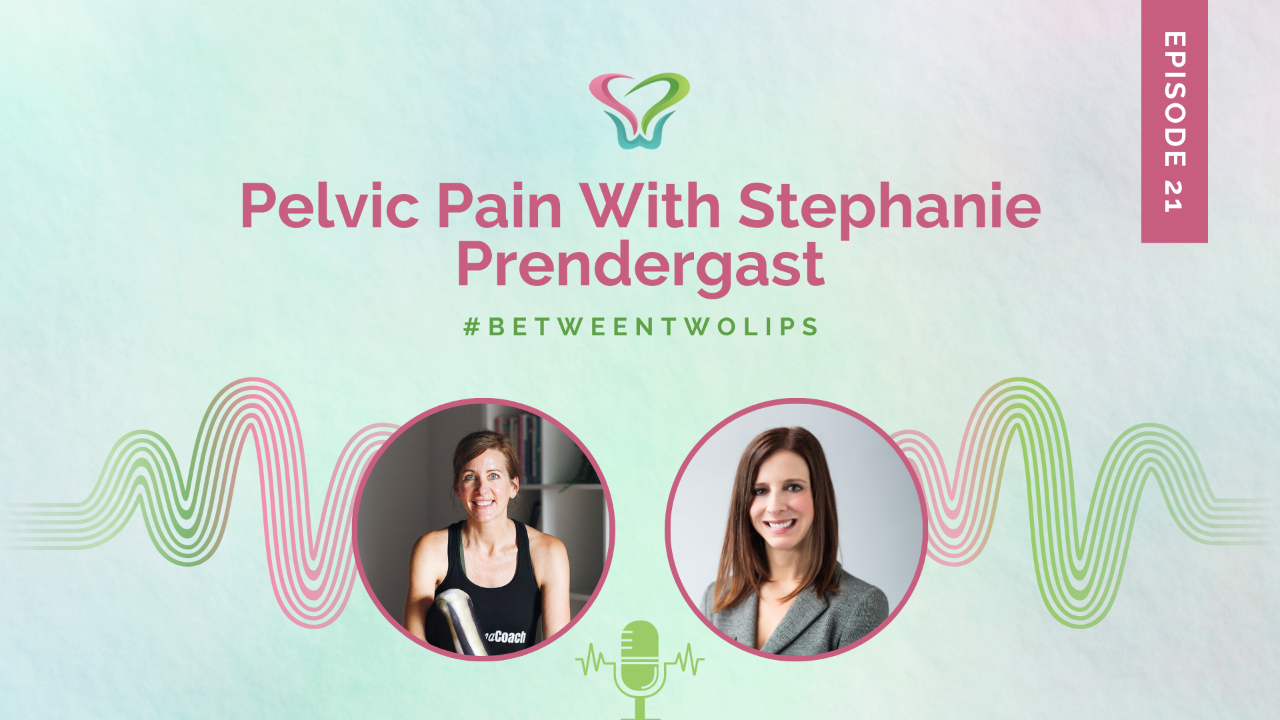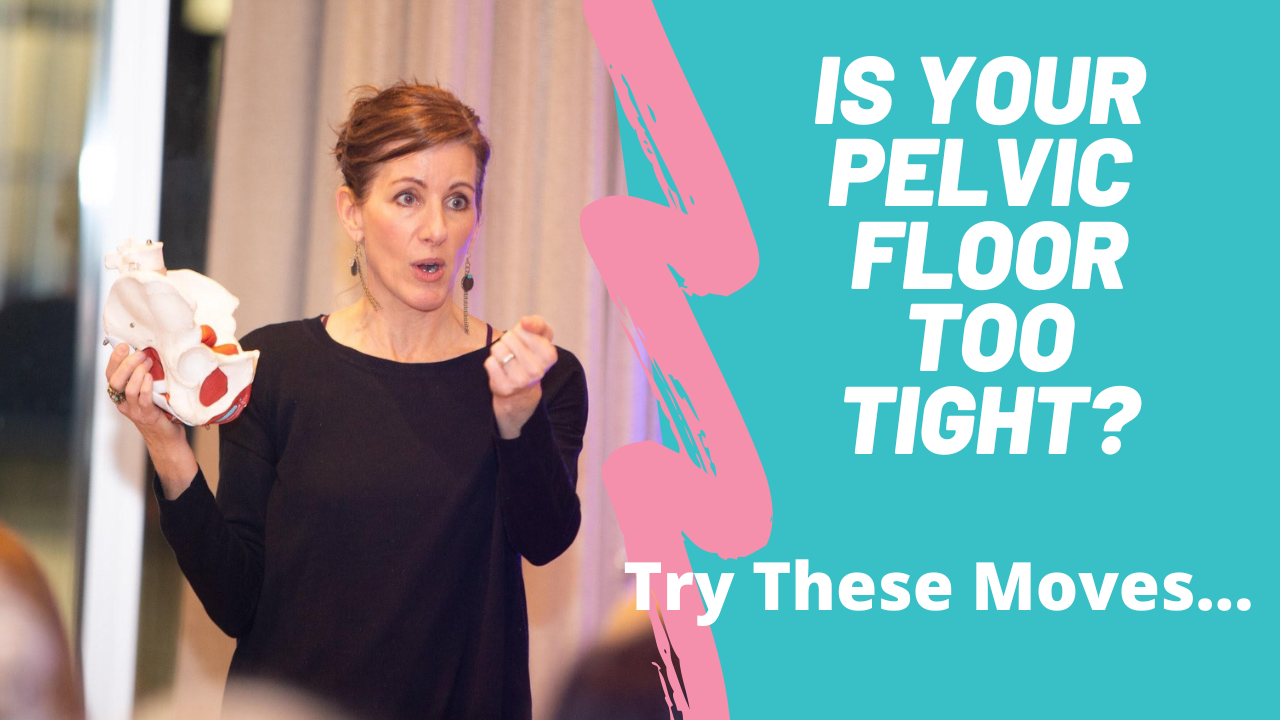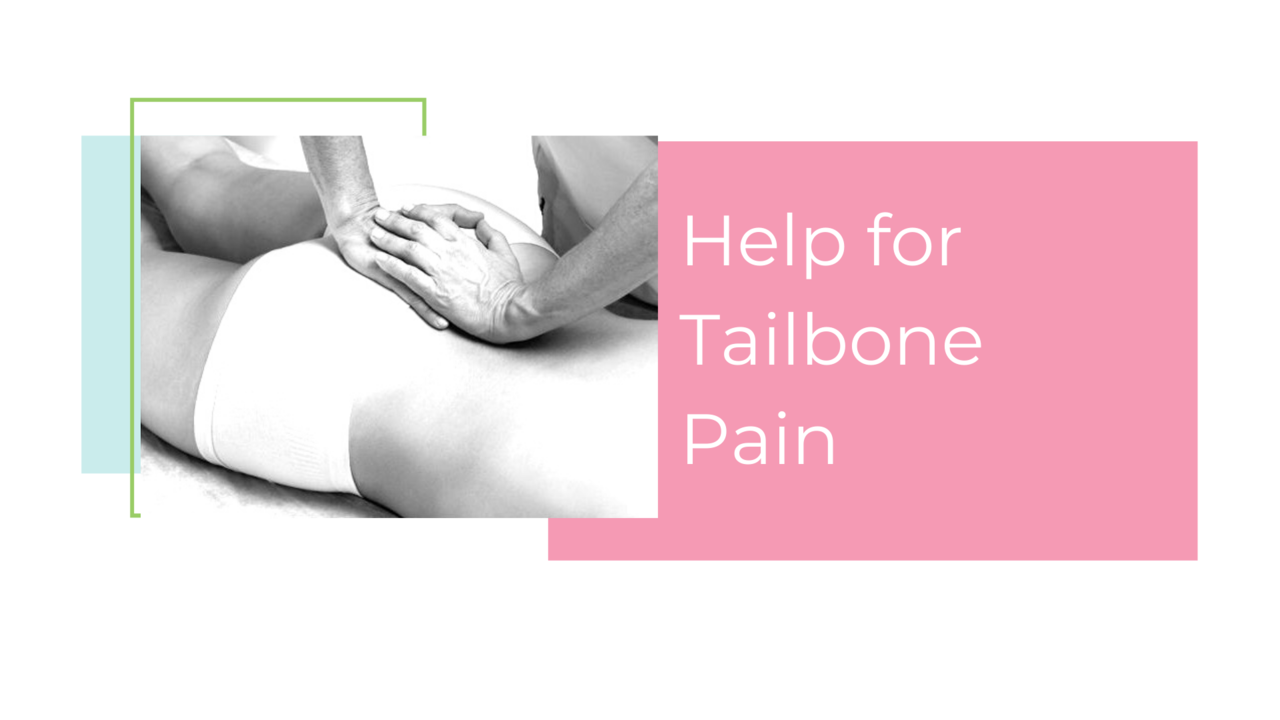Stephanie A. Prendergast, MPT is cofounder of the Pelvic Health and Rehabilitation Center, which opened in San Francisco in 2006. Since then, she and Liz Akinicilar have grown PHRC to 10 total locations: SF, Berkeley, Walnut Creek, Los Gatos, West Los Angeles, and Westlake Village, Encinitas, Pa...
Did You Know?
3.3 million Canadians are affected by pelvic floor dysfunction every year.
The pelvic floor is a group of muscles, and like any other muscles in our body, they benefit from movement that focuses on strength, endurance, and flexibility.
The pelvic floor is responsible for sexual resp...
As women, we want to prioritize our pelvic health and not accept common challenges like incontinence, prolapse, or painful and unsatisfying sex.
Incontinence, chronic back pain, and organ prolapse challenges are not something you need to live with or accept as normal.
You DO NOT need to accept pad...
The SI joint is a true diarthrodial joint, the most common and moveable joint in the body. The SI joints and coccyx are often the cause of intense low back and pelvic pain.
The Sacroiliac (SI) joint is part of the pelvis and is located where the ilium joins the sacrum. The SI joint is the connectio...
Photo by Sarah Pflug from Burst
Pelvic floor physiotherapy can help with challenges like incontinence and organ prolapse to regain control and confidence in your life.
Pelvic floor physical therapy (PFPT) is a specialty area within physical therapy focusing on the rehabilitation of muscles in the...
Time for some Fanny Fitness!
Sometimes we need a little R&R which usually stands for rest and relaxation. I will add on another R and make it rest release and relaxation.
I want to share a release routine that is designed to help you let go of tension in the pelvic floor that may be contributing t...
Despite what the media will tell you, light bladder leakage is NOT ‘just part of being a woman.’
Incontinence, chronic back pain, and organ prolapse are common challenges for women, but they are not something you need to live with or accept as normal. So, if you are not sitting on the toilet, wantin...
A common complaint from my clients - especially those who have had children and who sit all day is - what can I do to relieve my tailbone pain?
Tailbone pain can happen for many reasons and is often closely tied to tension in the back part of the pelvic floor muscles. Tension can develop from sitti...











